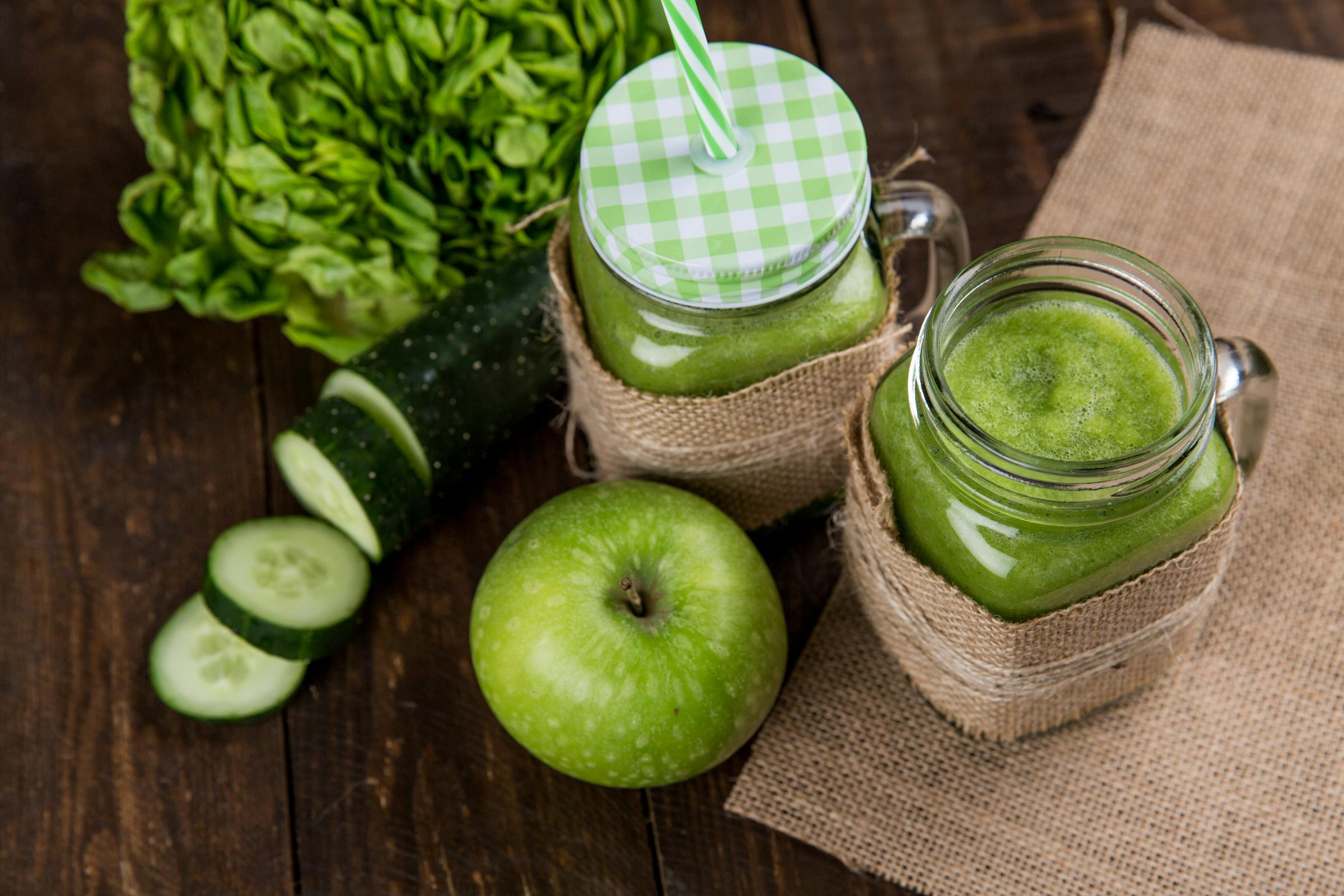Chances are you may have heard of the magical properties of green juice. But what is green juice actually? What benefits does it have, and is it really as good as everyone says?
Celebrities like Martha Stewart, Reese Witherspoon, Kerry Washington and Kimberly Snyder swear by green juices and smoothies. They claim that they keep their hair and nails strong, their bodies energized and their skin glowing. Seems perfect, right? Unfortunately, juicing may not be as simple as you might think. It is important to consider choices that will be safe and healthy for you as an individual.
What Is Juicing?
Juicing is the process of extracting the properties of fruits and vegetables in the form of juice. It can be done with a juicer or a blender, although the latter requires the additional step of straining the blended foods into a glass to make the mixture into juice. Juicing separates the solid materials from the nutrients and minerals found in the foods. The solid materials can be composted after juicing.
What Are the Benefits?
We already know that celebrities praise green juice for its contribution to their perfect skin and hair,
but what does that mean and how does it work? According to the Mayo Clinic, key vitamins and minerals include Omega 3, protein, iron and vitamins A, E and D.
By juicing foods that are rich in these vitamins and minerals, you can promote the health and beauty of your skin, hair and nails. Foods that are energizing can also help you prepare for the day in a healthy way. Now, not all of these ingredients are green, and there may be some that are not ideal for juicing, but incorporating foods like these into a balanced diet can help support you in your journey to healthier skin and hair.
According to Healthline, eating these leafy greens “may help reduce inflammation, heart disease risk, and your risk of age-related mental decline.” Drinking green juice can also introduce prebiotics into your system, improving gut and digestive health. A study published in Biomedical and Environmental Sciences showed that eating kale could improve cholesterol. Juicing can also be a great option for those with medical conditions or recent surgeries that make it hard to chew or swallow dense foods, and allow these individuals to receive necessary nutrients with much more ease.
How Much Is Too Much?
While juicing can have many great benefits, it can also be a tricky thing to master. If you aren’t too careful about your juicing, you may actually be doing more harm than good. When you juice fruits and veggies, you remove much of their fiber, which is an important aspect of the foods that we eat. Juicing with fruits can also be problematic for those with conditions that make it difficult to regulate blood sugar since the sugars from the foods can be absorbed into your blood stream much faster in juice form.
Those with conditions affecting their kidneys may also want to be wary of green juice. According to Healthline, “green vegetables are a rich source of oxalic acid,” which can cause minerals to not be absorbed by your body. Instead, they can cause problems like kidney stones and even kidney failure when consumed in excess.
If green juice sounds appealing to you, drinking a glass each morning is a great way to start the day, but it’s not a necessity. Remember to be mindful of the ingredients that you are using and to maintain a balanced diet in addition to your juice so that you will get the greatest benefit from this morning routine.
Always talk to your doctor before introducing juicing to your diet.
Related articles
The Benefits of Collagen: Is It The New Fountain of Youth?
Are Air Fresheners Toxic? Unveiling the Risks
The Low Down on Intermittent Fasting

